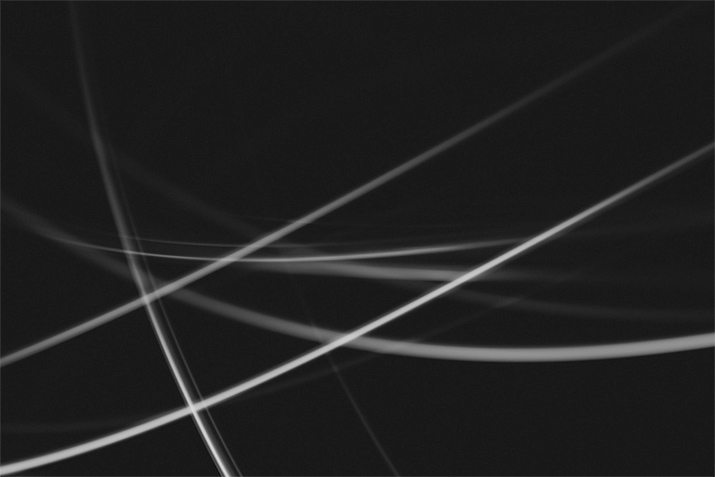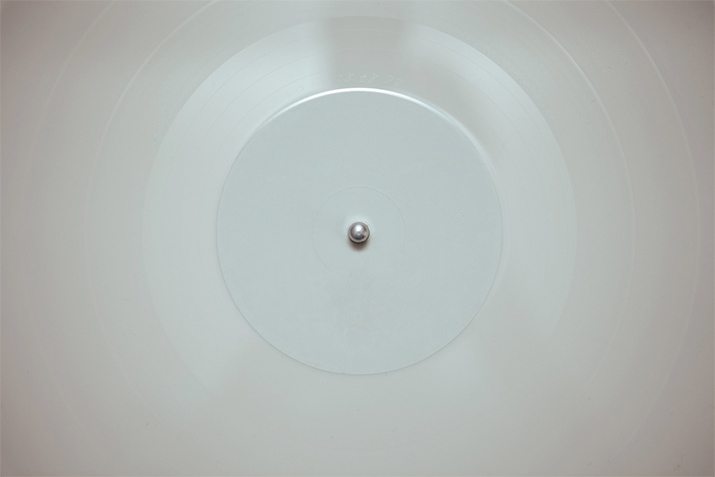10 Ways Designers Solve Problems
Designers, by nature, are problem-solvers. Every project is a problem or challenge that involves helping other people understand something. Designers have to see through all the fog and clutter to create a solution.
This creative type of problem solving comes naturally in part, but some of the actions are learned. Have you ever stopped to think about how you work to solve problems? Here we will examine 10 ways that designers do just that with a collection of abstract images to inspire some of that problem-solving thinking.
1. Think About Users

Designers have to consider the audience for everything they do from the start of any project. This process involves considerations that impact the design – from color to type to imagery – and is something that can help you better communicate with users.
When thinking about audience and users there are a handful of questions that designers should ask? By thinking about how design will be received, it can be better planned.
- How will this item work?
- Do color choices create the right mood?
- Is type both readable and easy to read?
- What does the user feel when interacting with this design?
- Does the design match the company/brand’s image and persona?
2. Visualize How It Works
Picture yourself interacting with the final product. Whether it is a website, business card or label on a wine bottle, people will look at and often touch the design in some way. How does it work? What is the usefulness of the design?
Designers will often create a mockup version during the design process that mimics how these interactions will work to gauge the effectiveness of the overall design concept. This type of problem solving considers actual use and function first and aesthetics second.
3. Develop Multiple Solutions

The part of the process where designers can really have fun (or find immense frustration) is in the development of multiple solutions to a single problem. Think of the number of projects where you have designed something you thought the client would like, something you like and something that falls somewhere in the middle.
Every design project presents an opportunity to try a multitude of things. The end result may look like one of these early concepts, a hybrid of concepts or none of the above. This evolution and flexibility to evolve is a key trait of most design professionals.
4. Invite Participation
Collaboration is the key to success. Without input along the way, many designers would agree that many projects would not turn out in the same way.
But you need to invite that participation. Ask for help along the way. Gather feedback about ideas, color and type choices, imagery and function. (As a designer, I have always been used to constant feedback and collaboration in projects, so much that I am always a little surprised when others are not so accustomed to this type of workflow.)
5. Immerse Yourself In the Project

Think of all the times you have “locked yourself away” to work on a project and get it finished. It can be all-consuming, forcing you to think about it even when you are not working.
Even those of us who don’t go all in on a single project often find that it’s always on the brain. That thought process is happening all the time and often results in that “a-ha moment” when it all comes together and you feel the need to get to work immediately.
Good or bad, designers often have a difficult time separating from working projects. Any encounter or song lyric or conversation can result in the spark that helps finish a job.
6. Push Deadlines
As important as immersion is the deadline. Most designers will agree that a project never really gets going (or started if we are being completely honest) until there is a due date. There’s just something about that pressure that gets the creative juices flowing.
As much as designers work with deadlines, pushing them is also a factor. It’s not a part of the process many are especially proud of, but it is something that happens.
7. Throw Everything Away and Start Over

Sometimes the best design is something that was not ever part of the plan. Designers have to be detached from concepts and bit and pieces until they work in the proper context. Designers have to be willing to completely trash the work they’ve done on a project and start over.
It happens more frequently than you might think. And it’s not because the design is bad or the concept is wrong. It might just not be right for the project or client or current landscape.
There is a caveat to “throwing away your design.” Don’t actually throw it away if you like it. Keep those parts and pieces and swatches filed away for another time as long as you did not contract them to a client. (I have an entire file of unused design parts that are good to go back to.)
8. Looking to Others
Browse galleries, look at award winners, talk to other designers and view their portfolios. Some of the best problem solving comes from gleaning design from those around us.
While you are looking at all that design, think about the world around you as a design concept. How do colors work together? What shapes are around us? And then talk about it. Brainstorm design itself and how it actually happens for you and others.
9. Consider the Process

There’s a lot of thought about the concept of “design thinking.” Ideo President and CEO Tim Brown even has a blog devoted to it. Thinking about the process and concepts of design thinking can help you understand and better figure out your own process.
Design thinking is thought to be a free-form process with a few common phases that can happen in any, or no, order. These include defining a project or problem, research, brainstorming and idea generation, design and prototyping, selection of ideas and concepts, design implementation and feedback and learning. This process involves common traits that many designers can identify with – creativity, independent thinking, empathy, optimism and curiosity.
So the process – that arguably is not a process at all – is what makes this method of problem solving unique.
10. Pick an Option and Go
At a certain point, every design will roll the dice. Stop tweaking, adjusting and just go.
Often this is it for designers. When you work freelance or on a specific item that is printed, for example, this is the end of the line. Designers hand over the reins and detach from the project.
But if you are in a position to keep working on the design, continue to learn from the project and think about how it will evolve. (This is especially true in the digital universe.) Is the project aesthetically trendy? How long will that trend last before it is time to move on? Is the audience responding in the way you imagined?
Conclusion
Thinking about design and problem solving can be useful in expanding how you think about design generally. It can also open discussions with others you work with about your process and how you think to create better lines of communication and understanding.
For designers, it can be just as important to change and adapt the process as to understand it. How do you think when it comes to problem solving? Share your thoughts with us in the comments.
Images from Little Visuals.